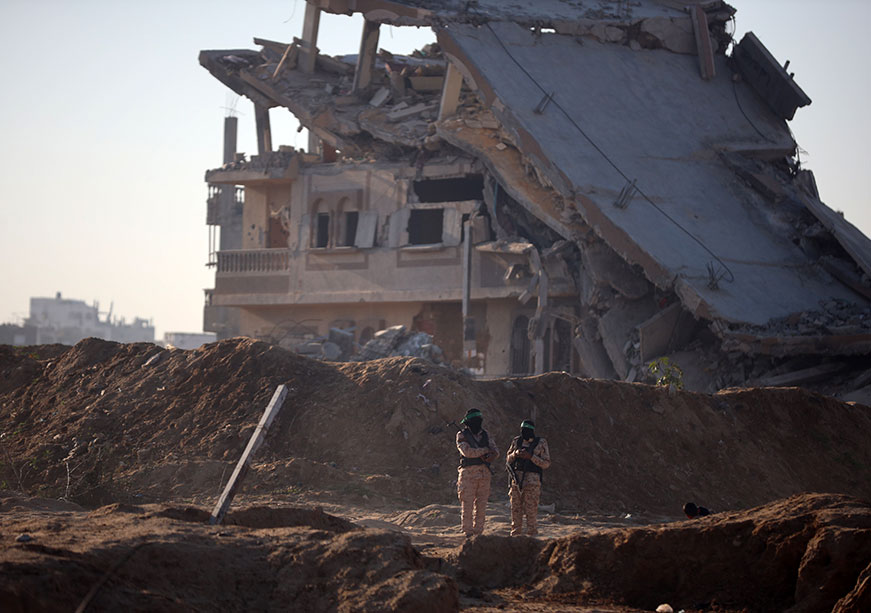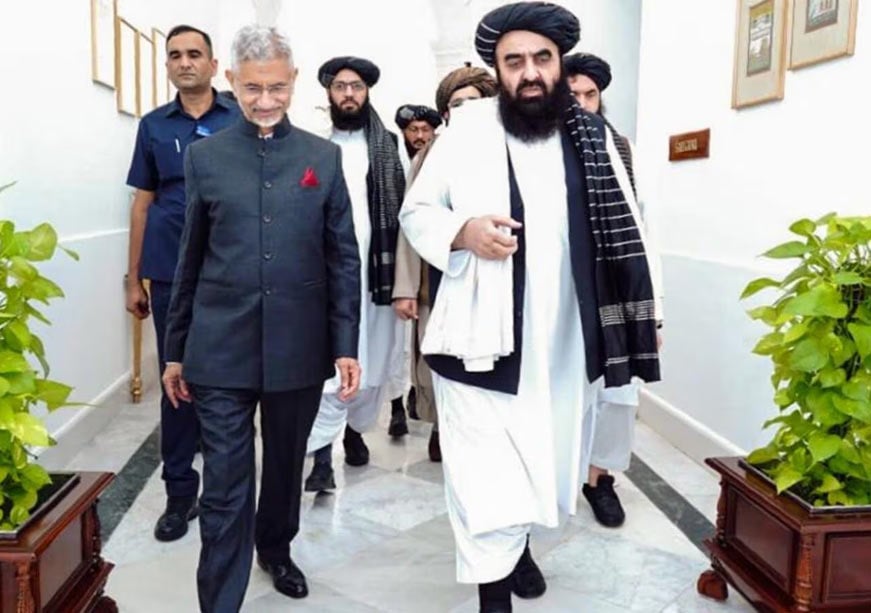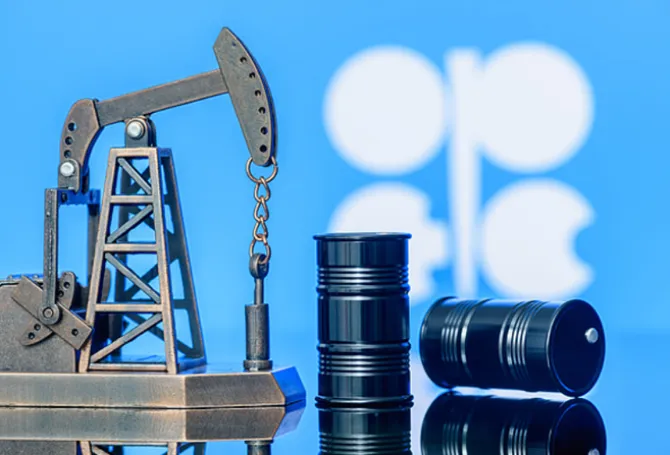After 15 months of war, on 15 January 2025, Israel and Hamas finally agreed on a Hostage-Prisoner deal. Heralded as a breakthrough, the agreement helped reconcile Israel’s demand for the unconditional release of all hostages and Hamas’s insistence on a permanent ceasefire. These diametrically opposite demands were bridged by the introduction of a phased approach and replacing the term “permanent ceasefire” with “sustainable calm”. However, perfecting the terms of the deal was only the starting point. While these adjustments were proposed in May 2024, the deal was only finalised seven months later in January 2025. The key factor that determined the fate of the agreement was political ripeness, and this factor continues to dictate its future. This article aims to understand the political conditions that were necessary to finalise the deal and discuss the political environment which might lead to its breakdown.
Building political ripeness for peace: Why the deal happened?
The final Israel-Hamas agreement, while a significant turning point, was not substantially different in content from earlier iterations that were rejected in mid-2024 by Israeli Prime Minister Benjamin Netanyahu. The deal’s core elements—a phased exchange of hostages and prisoners, provisions for humanitarian aid, and the gradual lifting of certain restrictions on Gaza—remained largely consistent. What fundamentally changed was the timing. The eventual agreement was a product of domestic and international political dynamics. Reflecting on this, Biden told confidants that Netanyahu was trying to perpetuate the conflict to save his political future and assist Trump in the November election. This was evident through the proposal Netanyahu rejected in mid-2024, reportedly sabotaging the deal by introducing last-minute impossible demands. These demands included Israeli presence in the Philadelphi Corridor, which was not just unacceptable to Hamas but also to Egypt as it violated the Camp David Accords.
Domestically, at the time, Netanyahu’s political calculus was built on his right-wing coalition, which opposed any concessions to Hamas and the domestic public, which largely supported the war. Further, prolonging the war shifted public focus to national security, away from Netanyahu’s widely unpopular judicial reforms and calls for an early election over the security failures of October 7. By delaying, Netanyahu aimed to avoid an election he was uncertain of winning. This domestic context made any perceived compromise politically untenable. By early 2025, however, the domestic landscape in Israel had shifted significantly. Prolonged military operations in Gaza had failed to deliver a decisive victory, and public frustration was mounting. According to a survey conducted by the Mitvim Institute, 77 percent of center-right voters and over 50 percent identifying as right-wing voters gave the government a relatively low grade (1-5). This was compounded by widespread protests by families of hostages, creating a political impetus for Netanyahu to reach a deal. In 2025, Israel also entered a new election cycle, with the next legislative elections scheduled for October 2026. Finalising a deal closer to Israel’s next election cycle allowed Netanyahu to present himself as the leader who “secured the hostages”.
Internationally, the impending US election in November 2024 introduced a new dynamic that further influenced Netanyahu’s decision-making. Netanyahu has historically had a close relationship with Donald Trump, whose administration was significantly more aligned with his policies than the Biden administration. Until Trump was in the White House, Netanyahu delayed the deal until he could negotiate under a more favorable US administration, hoping to improve the outcomes of the deal. Further, Donald Trump’s strong support for Israel created an environment in which Netanyahu could align his actions with the Trump presidency. Reaching an agreement after Trump’s election allowed Netanyahu to frame the deal as a joint success, strengthening the U.S.-Israel alliance and securing political. Biden, in his announcement of the deal on 15 January 2025, stated: “This is the exact framework of the deal I proposed back in May. Exact.” Thus, the terms of the final deal were not markedly different from the earlier proposals that Netanyahu had rejected, and his earlier intransigence was less about the specifics of the agreement and more about political timing.
However, none of the outcomes that Netanyahu hoped for were achieved. Neither did the Trump administration help achieve a more favorable deal and nor did the domestic audience, particularly the far right, perceive the deal positively, which is visible in the developing political ripeness for escalated military action.
Developing political ripeness for war: Will the deal sustain?
The Israel-Hamas agreement remains inherently precarious due to the constantly evolving political climate. Its phased structure and the deliberate ambiguity of terms like “sustainable calm” also introduce multiple points of potential failure, leaving the deal vulnerable to exploitation by hardline factions or breakdowns at each stage. The early signs of this breakdown are visible just a few weeks into the agreement with Hamas, postponing the scheduled handover of hostages, alleging that Israel has delayed the return of Palestinians and inhibited the entry of essential supplies to Gaza. This increasing ripeness for war is again enabled by domestic and international factors.
Domestically, Netanyahu’s governing coalition, already fragile, shrank to a razor-thin majority after the Otzma Yehudit (Jewish Power) Party withdrew in protest over the cease-fire agreement. Additionally, Finance Minister Bezalel Smotrich of the National Religious Party-Religious Zionism had also threatened to leave the coalition if the cease-fire extends beyond its first phase. If Smotrich had followed through, Netanyahu’s government would have collapsed, pushing Israel into early elections—an outcome Netanyahu wants to avoid. This political instability has incentivised Netanyahu to take a hardline stance. While he initially accepted the cease-fire due to mounting pressure, Netanyahu has since shifted to comforting his right-wing allies. His political survival is contingent on demonstrating that he has not compromised Israel’s security, thus making a return to military action an increasingly likely scenario.
Internationally, President Trump, who initially claimed full credit for the deal, now seems to be introducing elements of volatility. In a joint press conference with PM Netanyahu, President Trump announced his plans of “taking over Gaza” and “owning” it, which sparked widespread outrage from Hamas officials claiming the plan to be a “recipe for generational chaos”. Donald Trump’s return to the White House in January 2025 has fundamentally altered the incentives for Netanyahu, who feels emboldened to escalate military operations, significantly impacting the sustainability of the ceasefire. Furthermore, Trump’s aggressive remarks have undermined the already fragile peace. Trump’s warning that “all hell will break loose” if Hamas does not comply with the terms of the deal coupled with his inaugural remarks, “[w]e will measure our success not only by the battles we win, but also by the wars that we end, and perhaps most importantly, the wars we never get into.” has sent mixed signals about the US position. This has raised questions about whether the administration will itself enforce the agreement or tacitly encourage Israeli military escalation.
All these factors are contributing to a growing political ripeness for war rather than peace. Netanyahu’s incentives remain unchanged: ensuring his political survival, particularly as he navigates domestic challenges ahead of Israel’s 2026 elections. Meanwhile, Trump’s recent remarks have eliminated external pressure for de-escalation, replacing it with a geopolitical environment that rewards confrontation. As Netanyahu seeks to consolidate his political standing, the risks of renewed hostilities are mounting. The pertinent question is not whether the Israel-Hamas deal will break down but for how long it can foster stability and prevent a return to war.
Samriddhi Vij is a Research Assistant at ORF Middle East.












